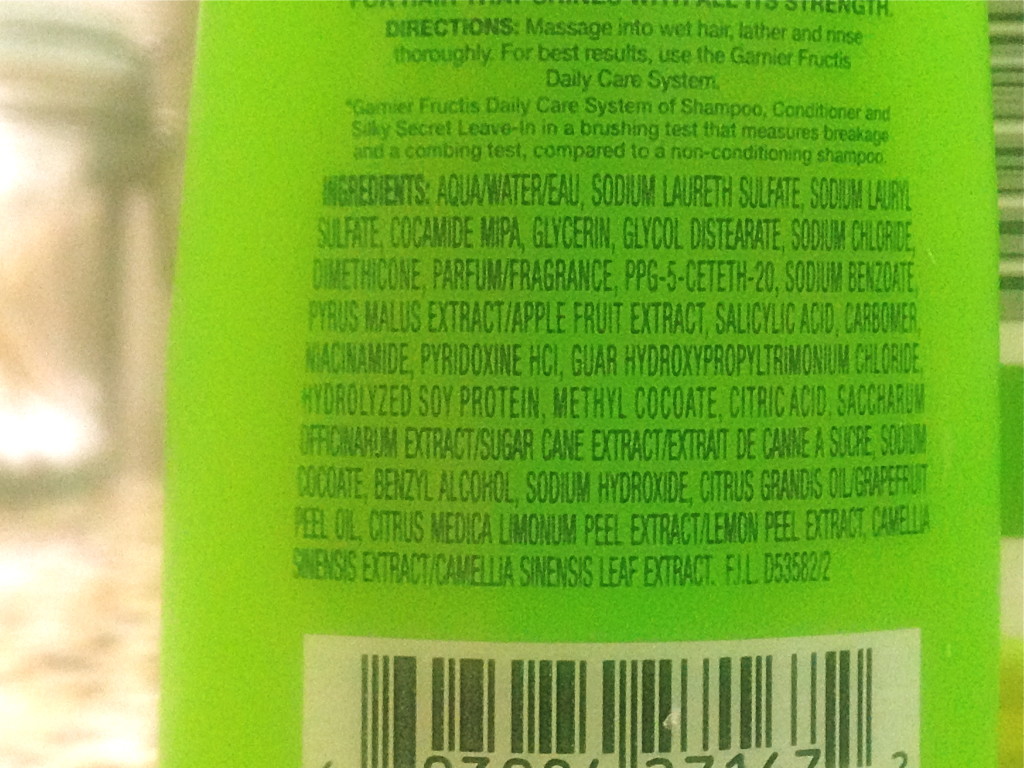Sodium Lauryl Sulfate (SLS) or Sodium Lauryl Sulfaocetate is an emulsifier, detergent or wetting ingredient; derived from nature and altered by man.
But why?
The transformation is one that boggles my mind. Something beautiful, nutrient rich and sustainable transformed it into a harmful, drying additive found in everything from lotions and mouthwash to laundry detergent.
In essence, it is added to emulsify or encapsulate and suspend fats. Which is why it seemed to be the perfect additive for detergents and dish soap. But why add it to our creams and lotions?
Let’s begin with a bit of information about where SLS comes from…
We’ll begin with a coconut. [This application primarily uses coconuts, but the compound is found in nature in various fruits and vegetables as well as in petroleum.]
From that coconut we get coconut oil, within that coconut oil is Lauric Acid and Laurel Alcohol. Both are relatively colorless and have a slightly fatty odor. Used widely in soaps and detergent, these substances are treasured for the ability to create suds. However, they can be mildly irritating to those with sensitive skin. (Winter, R., 2009, p476-77)
SLS or Sodium Lauryl Sulfate is the result of the sulfation of the aforementioned gem, Laurel Alcohol. (Winter, R., 2009, p478)
What is sulfation you ask?
Ever seen a battery that’s old and crusty, like a car battery terminal? That’s sulfation. In short its a protein modification – that reaction is called sulfation. Scientists then take this element and neutralize it using sodium carbonate, and voila – SLS!
In 1980 an “expert panel” found this element safe for topical use (Winter, R., 2009, p478). Whereas, according to the Journal of the American College of Toxicology just three years later, “The longer these ingredients stay in contact with the skin, the greater the likelihood of irritation, which may or may not be evident to the user.” (1983, Vol. 2, No. 7)
Why it is still being added to our products in unbeknown to me.
To each their own I suppose…
However, like you, I prefer to protect and nourish my skins’ proteins.
“Sodium lauryl sulfate (SLS) is a good cleaning product, but is a skin irritant. It can cause damage to the outer layer of skin by disrupting the function of skin proteins and causing itchy, cracked, and dry skin. In shampoos, this ingredient can increase risk of scalp irritation, stinging eyes, and tangled, split, frizzy, and dull hair.” -Dr. Frank Lipman, The Voice of Sustainable Wellness
I choose to avoid SLS in all of my products since I will be wearing, using, sitting on, sleeping in… you name it. We live it.
This is just one of the many ingredients I avoid when shopping for anything. I will continue to post about the ingredients that I believe to be harmful to our daily lives. Please keep in mind that I am not a licensed physician – just a humble able body.
If you would like to avoid these harmful irritants avoid the following ingredients:
- Sodium Laurel Sulfate (SLS),
- Sodium Laureth Sulfate (SLES),
- Sodium Lauryl Sulfaocetate and
- Sodium Lauryl Benzene Sulfonate.
Curious about the difference between Sodium Laurel Sulfate and Sodium Laureth Sulfate? Check out this great article.
So read your labels.
 Shop happy, live healthy, love your body.
Shop happy, live healthy, love your body.
Stay away from Sodium Laurel Sulfate (SLS) and share this knowledge with those whose lives you treasure.
